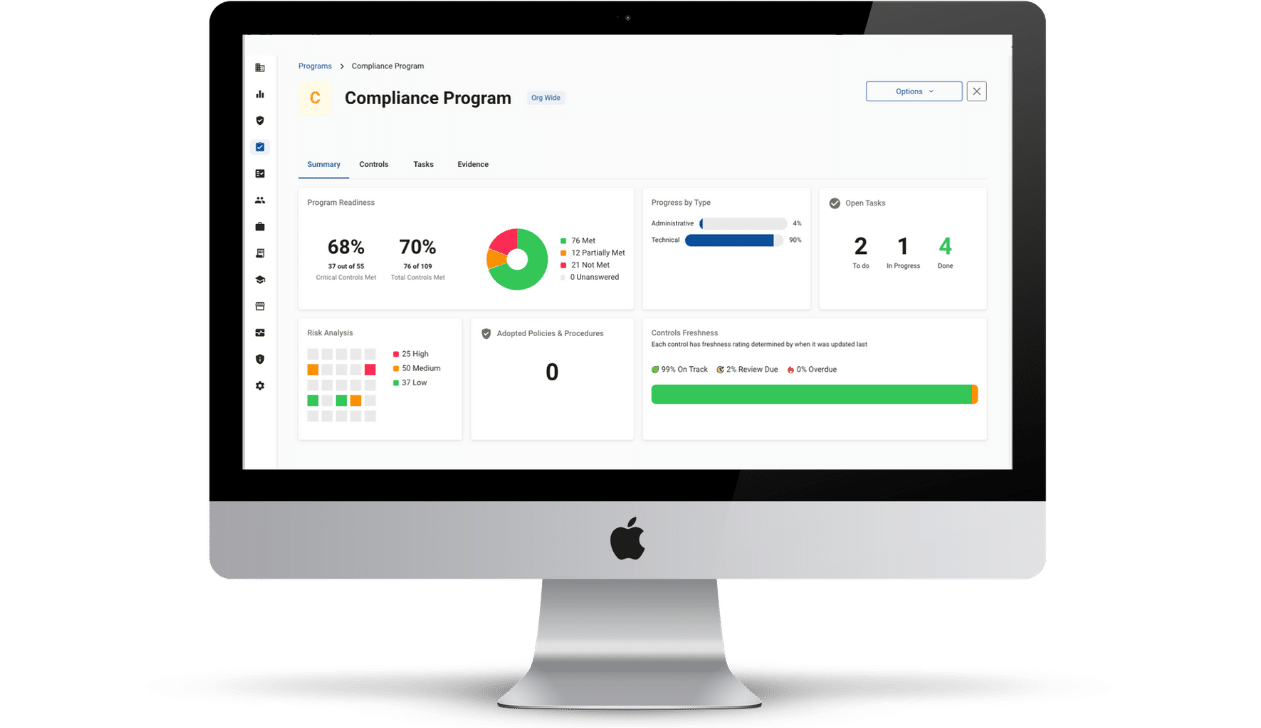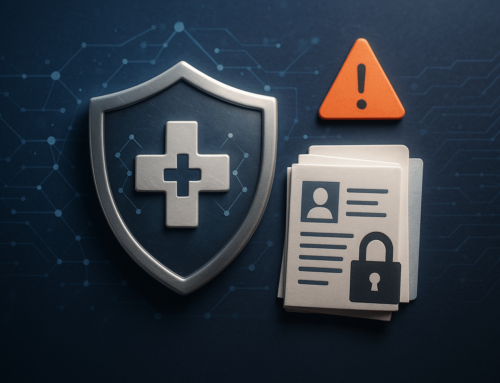
The Occupational Safety and Health Administration (OSHA) is an agency of the United States Department of Labor that was established to ensure safe and healthy working conditions for employees. OSHA provides guidelines and regulations that employers must follow to maintain the safety of their workers. Using an OSHA handbook in your healthcare practice can help you to meet OSHA standards.
OSHA Recordkeeping Handbook
One essential tool to ensure safety is an OSHA recordkeeping handbook, which outlines the regulations surrounding workplace injuries and illnesses.
An OSHA recordkeeping handbook helps employers understand what incidents need to be reported to OSHA and how they should be documented. The OSHA handbook provides information on how to fill out forms such as the OSHA 300 log, which tracks work-related injuries and illnesses. It also describes the requirements for reporting severe incidents, such as hospitalizations or amputations, within 24 hours. Understanding these regulations is critical for healthcare facilities because it ensures that all incidents are correctly reported, tracked, and investigated.
OSHA Training Handbook for Healthcare Facilities
In addition to the OSHA recordkeeping handbook, OSHA has also developed a training handbook specifically designed for healthcare facilities.
An OSHA training handbook for healthcare facilities covers topics such as:
Healthcare facilities have unique hazards that require specific OSHA training programs to prevent injury or illness among staff members. By using the OSHA training handbook for healthcare facilities, employees in the healthcare world can be trained on the important safety practices while ensuring compliance with OSHA regulations.
Another critical element highlighted in the OSHA training handbook is hazard identification. This section outlines different types of hazards that workers may encounter in their workplaces, including:
- Physical
- Chemical
- Biological
- Ergonomic
By identifying these potential risks, employers can take necessary precautions to mitigate them before they cause harm to employees.
OSHA Handbook Essential to Maintaining Culture of Safety
An OSHA handbook emphasizes the importance of creating a culture of safety in healthcare facilities. Encouraging employees to report unsafe conditions or near-miss incidents allows management to address potential hazards before accidents occur. This proactive approach can help reduce injuries and illnesses in healthcare settings by addressing issues before they become a major problem.
Using the OSHA recordkeeping handbook and training handbook for healthcare facilities together can create safer workplaces. Proper documentation of workplace injuries and illnesses lays the foundation for identifying trends in dangerous activities or environments, so that corrective measures can be taken quickly.
In short, the OSHA handbook is a valuable resource for employers and employees alike in ensuring safe work environments. By following the guidelines outlined in the handbook, employers can promote a culture of safety, reduce workplace injuries and fatalities, and ultimately increase productivity. The OSHA handbook serves as an essential tool to protect employees’ health and wellbeing while on the job.









